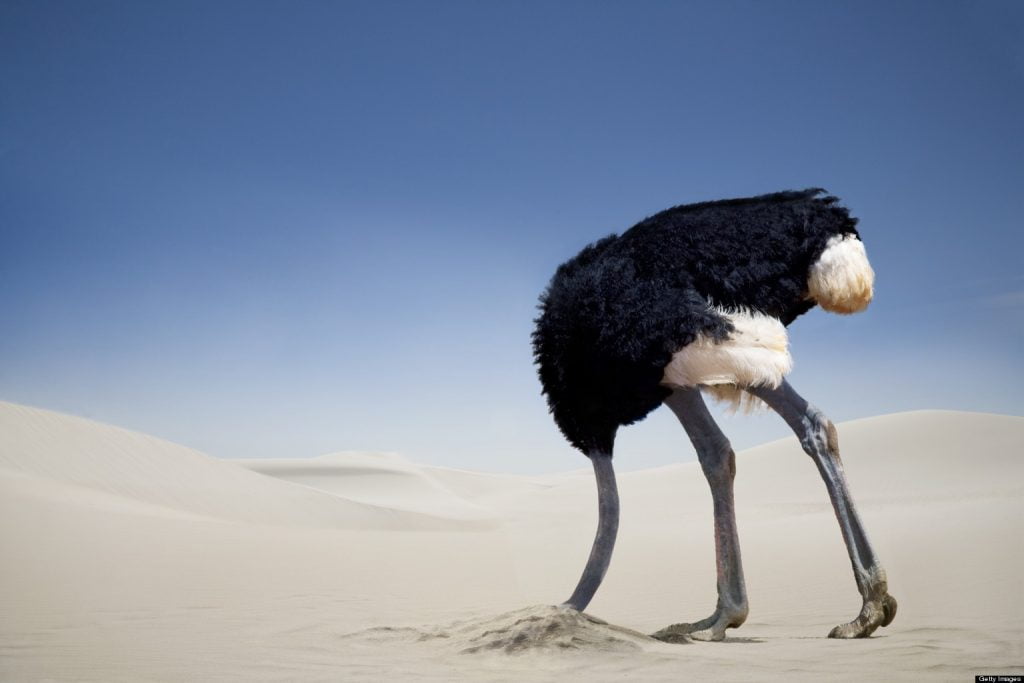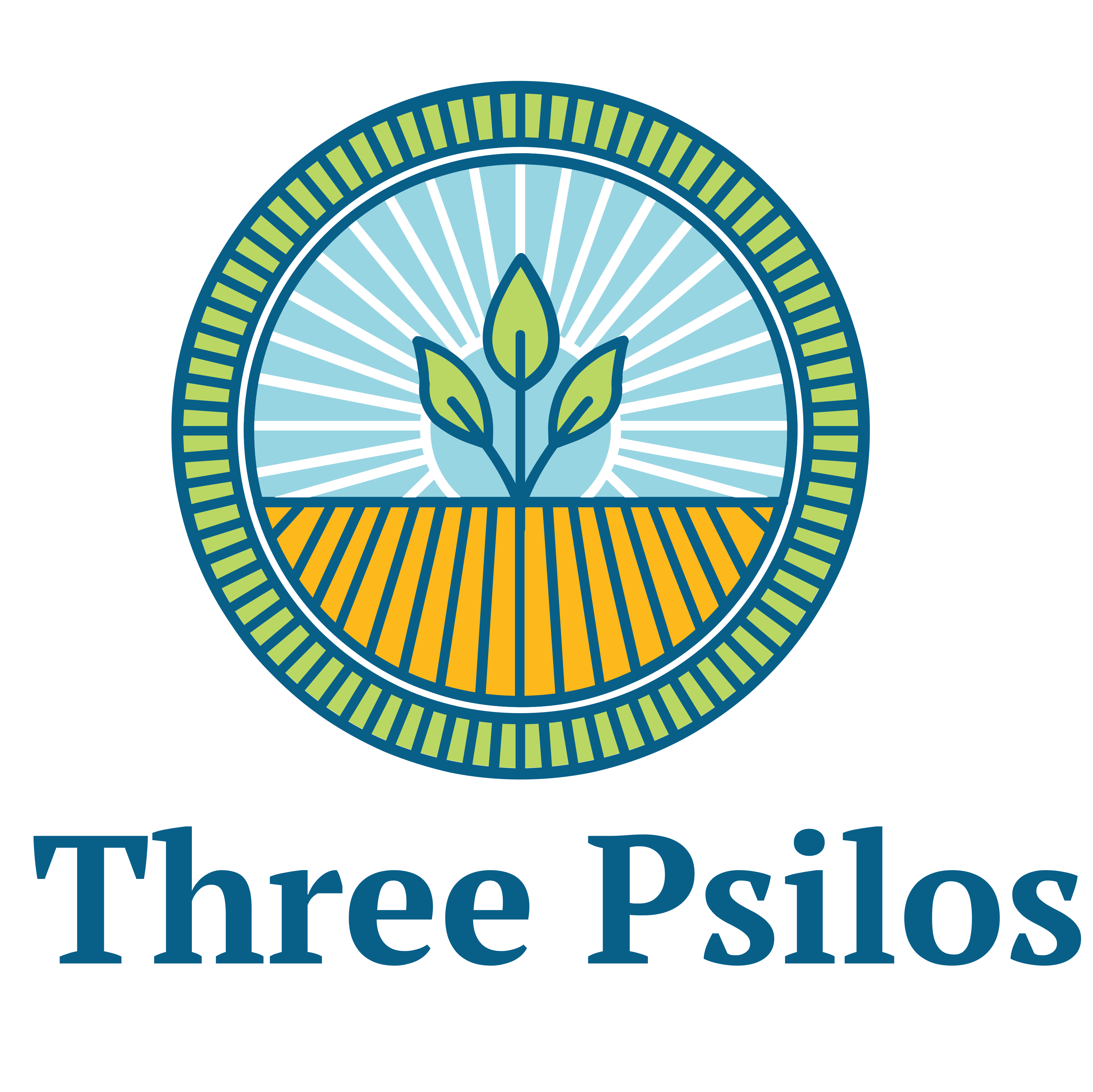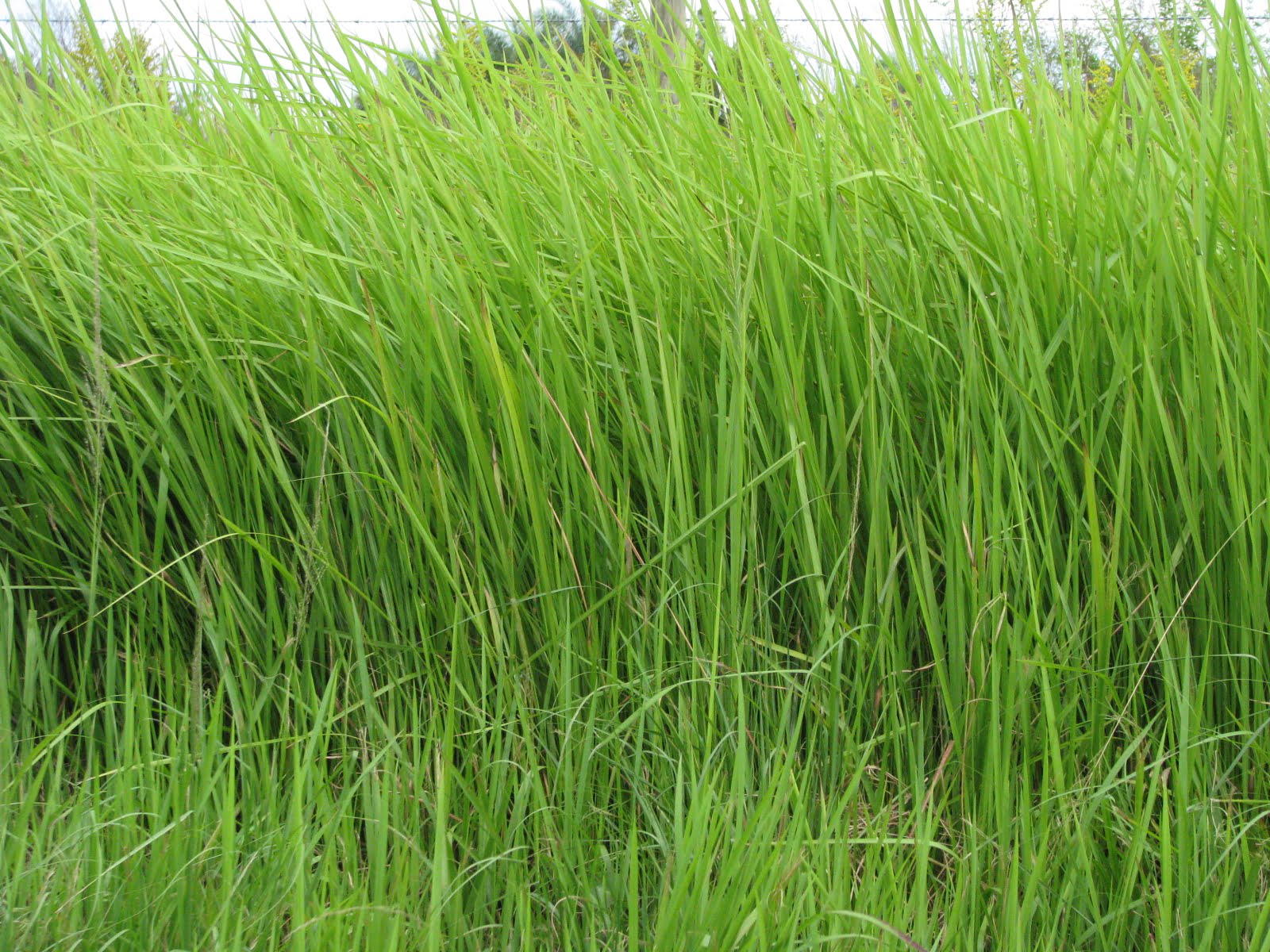Cogongrass (Imperata cylindrica), sometimes referred to as “cogon grass,” is an extremely invasive, non-native species. This perennial grass from Southeast Asia was first introduced to the U.S. in 1911 near Mobile, Alabama, as packing material in a shipment of plants from Japan.
First described during the Napoleonic era, Cogongrass’s full botanical citation is:
IMPERATA CYLINDRICA (Linnaeus) Palisot de Beauvois, Ess. Agrostogr. 8, 165, 177. 1812.
The first Cogongrass collected for the University of South Florida’s “Vascular Plants of Florida” Herbarium, was Found by George R. Cooley and Joseph Monachino on Chinsegut Hill in Hernando County in 1958.

Known as a “Landscape Terrorist,” Cogongrass should be regarded as the “Ace of Spades” and treated as such.
Historical Context
Cogongrass appeared atop one of the highest elevations in Central Florida, at the Chinsegut Hill Manor House. Originally built in the 1850s, Chinsegut Hill is listed on the National Register of Historic Places. Historic gardens are well-known vectors for non-native invasives, often due to the implementer’s ignorance of the long-term impacts of installing various specimens. In the nineteenth century, these specimens, usually sourced from around the world, indicated the high social status of the garden’s owner. For example, Brazilian Peppertree was a highly sought-after ornamental in the late nineteenth century, also used as a holly-like crop for Christmas decorations. However, it has since become a widespread problem across the state.
Cogongrass is a poor grazing option for animals, making it unlikely that anyone intentionally planted it in the late 1800s. Its rhizomes, or crawling roots, were likely accidentally left in a root ball of an imported ornamental, from which they spread.
Spread and Impact
Cogongrass spreads most effectively underground through its rhizome system. The roots can form a complete plant entirely underground, treating its grass blades as disposable. This makes it a poor forage option for animals. Instead, the rhizomes grow everywhere, attempting to dominate the area slowly but relentlessly, similar to the idea of zombies. The tips of the crawling roots can even pierce the roots of other species, directly robbing them of nutrients.
Cogongrass is a growing machine meant to obliterate all other species. And given enough time, it will.
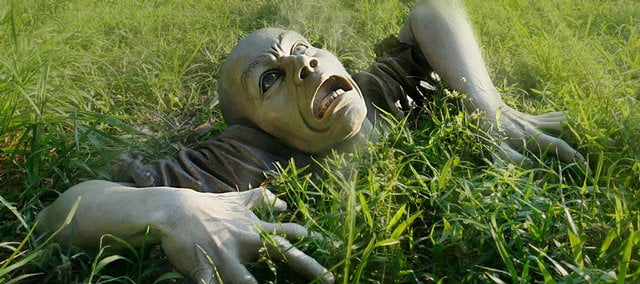
If the zombie-like crawling roots of Cogongrass weren’t scary enough, they also produce tiny seeds that are carried, on average, 16 feet from the flower’s origin.
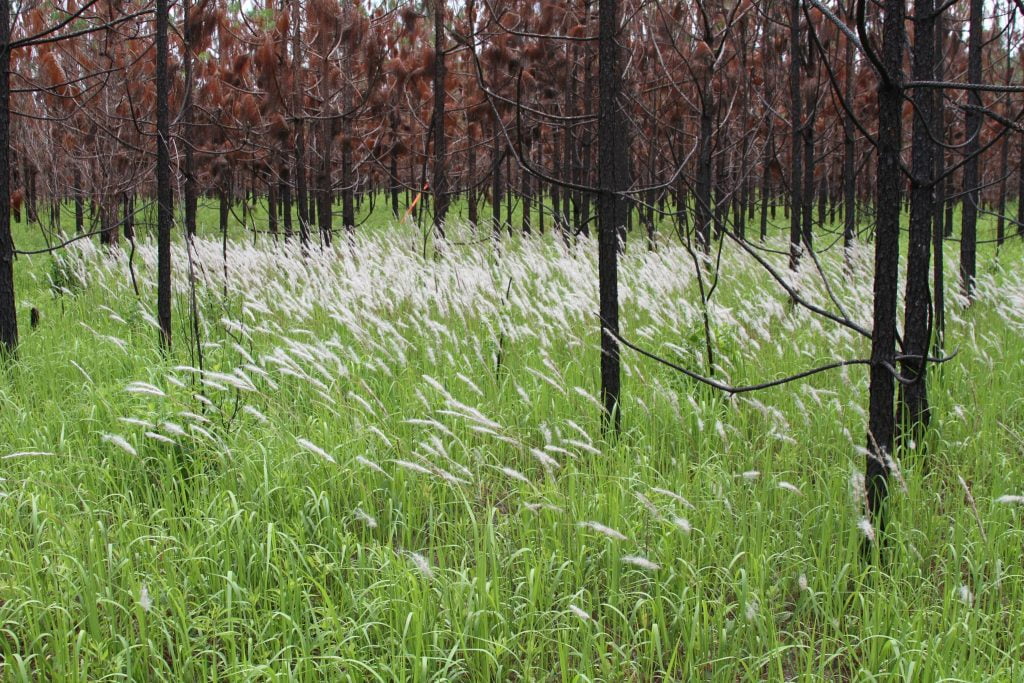
In addition to its invasive roots, Cogongrass produces tiny seeds that can travel an average of 16 feet from the flower’s origin. This means a neighbor’s innocent-looking, flowering grass can easily spread across the street or fence and settle on your land. Birds such as Mourning Doves (Zenaida macroura) also spread the seeds as they eat them and later distribute them while resting on fences.
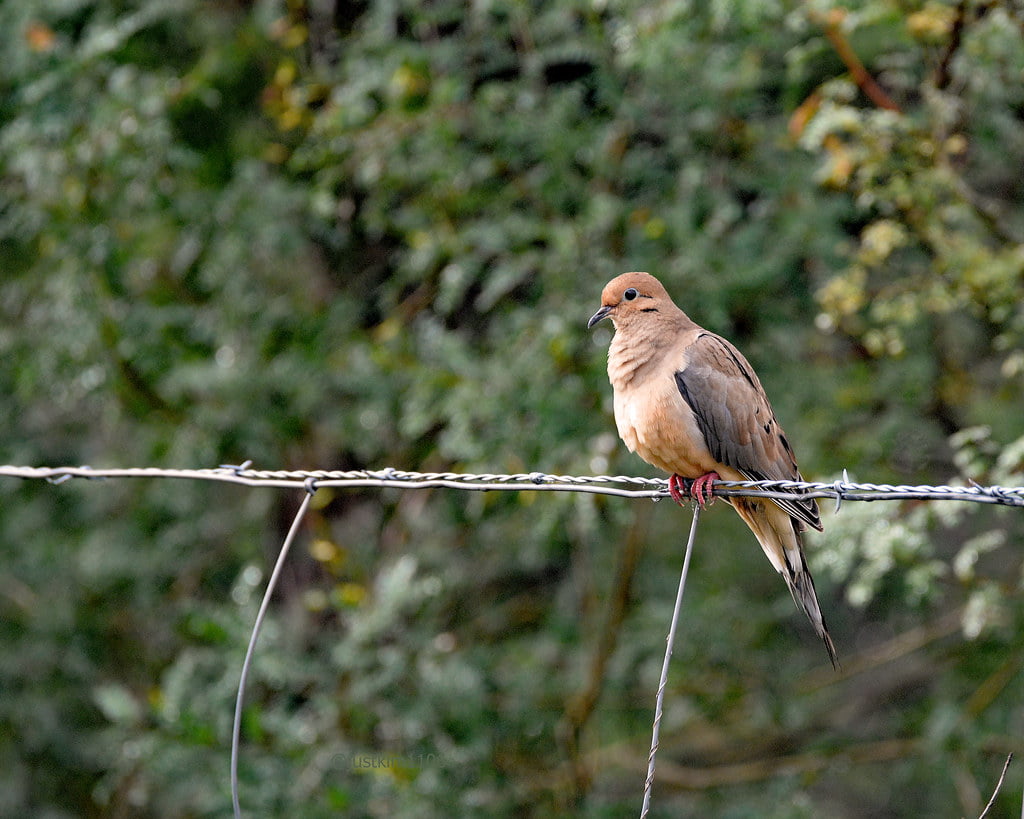
Managing Cogongrass
Contrary to instinct, the growth of Cogongrass is not slowed by mechanically cutting its blades. The rhizomes continue to crawl through fields or yards. In fact, with its neat appearance post-cutting, Cogongrass often resembles crabgrass and is typically ignored, allowing it to spread at nearly the same rate.
Burning also aids Cogongrass. While fire may remove its disposable blades, it does not harm the root structure below the sand, which continues to spread and thicken.
